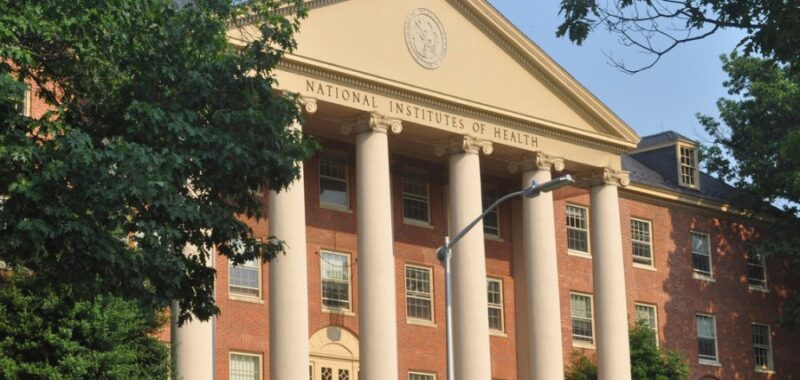
I was born with spinal muscular atrophy, a rare neuromuscular disease that weakens muscles over time, making everyday tasks like walking, lifting and even breathing more difficult or even impossible.
Until a few years ago, this disease was considered a death sentence for many, as the number one genetic cause of infant mortality in the U.S. There was no treatment, no hope — just the knowledge that my muscles would continue to deteriorate while researchers searched desperately for answers.
That changed when the first FDA-approved treatment for it, Spinraza, became available. This life-changing therapy is a product of university research, made possible by federal funds — supported by the National Institutes of Health. Without NIH investment, Spinraza wouldn’t have been developed, and I wouldn’t have the opportunity to share my story today.
Now, a new policy proposal threatens to undermine the very system that made breakthroughs like this possible. The NIH is considering a catastrophic cut to indirect cost reimbursements for public universities, including the University of California system, a major hub for life-saving medical research. University of California’s research funded by the federal government has resulted in the development of a host of breakthrough interventions, including Non-Hodgkins lymphoma Immunotherapy and Prostate cancer treatments.
Indirect costs — sometimes dismissed as “overhead”— are what keep the nation’s research enterprise running. They fund lab space, equipment, research compliance, and, critically, the salaries of scientists and graduate students who dedicate their lives to discovery.
I understand that research funding can seem abstract or bureaucratic. But let me put it plainly: If these cuts move forward, they will hurt the economy and real people across the country. In 2024, NIH funding generated more than $94 billion in economic activity. It also supported more than 400,000 jobs in red and blue states alike. In North Carolina, NIH funded research supports over $4.8 billion in economic activity and nearly 22,000 jobs.
Graduate students and postdoctoral researchers are the lifeblood of university research. They conduct experiments, analyze data and drive innovation. If public universities lose crucial indirect cost funding, they will have fewer resources to support the next generation of scientists. That means fewer opportunities for students to pursue research careers and fewer minds working toward the next breakthrough.
Many of the scientists who helped develop treatments for spinal muscular atrophy, cancer and Alzheimer’s began their work as graduate students in NIH-funded labs. If we cut funding now, we’re not just jeopardizing the present — we’re shutting doors on the future.
When I took my first dose of Spinraza, I knew I was one of the lucky ones. But millions of people with rare diseases, cancer, Alzheimer’s and countless other conditions are still waiting for their miracle. These discoveries don’t happen overnight. They require years — even decades — of investment in research infrastructure, talented scientists and rigorous clinical trials. They also span presidential administrations. For example, during President Trump’s first administration, the NIH made major advances in the prevention of opioid overdoses, stroke recovery and early detection of blood cancers.
If the NIH slashes indirect cost support, universities may have to cut back on research programs, limit the number of grants they accept, or divert resources from promising but long-term projects. That means fewer new treatments, longer waits for clinical breakthroughs, and lives lost to diseases we might have cured — if only we had funded the science.
I am living proof that NIH-funded research saves lives. And I am terrified of what will happen if we don’t fight for it. The proposed cuts to indirect costs are not just a bureaucratic adjustment — they are an attack on the future of medical innovation. Consider this: Of the 356 new drugs approved by the FDA from 2010 to 2019, a staggering 354 or 99.4 percent were developed with NIH funding.
I urge policymakers to protect NIH research funding and to recognize that an investment in science is an investment in people. Patients like me are depending on it.
Ryan Manriquez is a second-year Master of Public Policy student at UC Berkeley and serves as the President of UCGPC, a non-profit organization that advocates for graduate and professional students at University of California.

